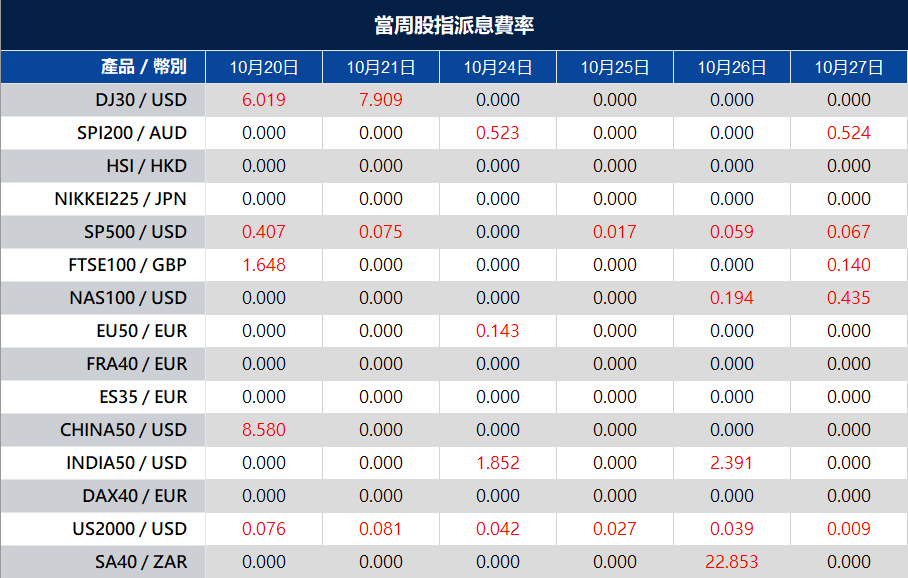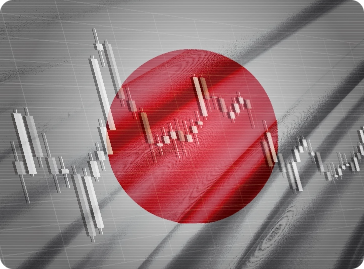U.S. equities traded lower over the course of yesterday’s trading. The Dow Jones Industrial Average lost 0.3% to close at 30333.59. The S&P500 lost 0.8% to close at 3665.78. The tech-heavy Nasdaq Composite lost 0.61% to close at 10614.84. Equities rose in the first half of the American trading session, as the initial jobless claims figure came in below analysts’ expectations at 214K. Equities retreated during the second half of the American trading session as short-term treasury yields spiked above to multiple-year highs.
The benchmark U.S. 10-year treasury yield has topped 4.2% and is currently trading at 4.229%– the benchmark’s highest level since 2008.

Looking ahead, the Conference Board’s Leading Economic Indicator (LEI) index has signalled a worrying future. The Conference Board’s index pointed 0.4% down from the month before and is off 2.8% for the six months period. In combination with the LEI and the Fed’s aggressive rate hike, the camps arguing against further rate hikes are growing by the day.
AT&T earnings came in above analyst expectations. AT&T’s EPS came in at $0.65, beating estimates by 10.78%. More importantly, the telecommunications giant still managed to improve not only its top line but also its bottom line.
IBM earnings also came in better than analyst estimates. The company reported Q3 EPS of $1.81, an 0.7% upside surprise. Revenue for Q3 also came in above market expectations at 14.11 Billion.

Main Pairs Movement
The Dollar Index lost 0.05% over the course of yesterday’s trading. The Greenback lost steam during Asia and European trading sessions, but quickly retrieved losses during the American trading session as the 10-year treasury yield broke above 4.2%.
EURUSD gained 0.09% over the course of yesterday’s trading. Germany’s September PPI surged to 45.8%, year over year, much higher than anticipated. Inflation will continue to act as a headwind for the shared currency.
GBPUSD gained 0.14% over the course of yesterday’s trading. British Prime Minister Lizz Truss’ resignation from the office roiled markets. The British Pound fell against the Dollar late in yesterday’s session as yields rose.
Gold gained 0.02% over the course of yesterday’s trading. The non-yielding metal was able to hold on to earlier gains despite strong demand for the Greenback.
Technical Analysis
EURUSD (4-Hour Chart)

EURUSD erased a major part of yesterday’s losses and was trading above the 0.9800 level as of writing. Although the overnight receded demand for the US Dollar underpinned the European currency, the market mood remains sour. Global stocks remain on the back foot, struggling to leave the red. Even though, US government bond yields maintain upward pressure. The sensitive 2-year Treasury bond yield surged to a multi-year high of 4.61% on Thursday, and 10-year note yields 4.12%, unchanged on a daily basis. Apart from this, UK political noise also attracts some buying for EURUSD. The British Pound is up amid Prime Minister Liz Truss’s announcing her decision to leave the government after the failed attempt to bring financial stability. Meanwhile, the increasing speculation of a potential recession in the region – which looks propped up by dwindling sentiment gauges as well as an incipient slowdown in some fundamentals, adds to the sour sentiment around the euro.
From the technical perspective, the RSI indicator 49 as of writing, suggests that the currency has no clear direction to move and would hover in a range from 0.9710 to 0.9870. As for the Bollinger Bands, the pair now pricing at the lower area, and the gap between upper and lower bands tends to be closer. We think the pair would put into sideway and trade around the 20-period moving average, 0.9800.
Resistance: 0.9870, 0.9920, 1.0000, 1.0190
Support: 0.9765, 0.9718, 0.9665, 0.9550
GBPUSD (4-Hour Chart)

The GBP/USD pair advanced higher on Thursday, regaining upside momentum and touching a daily high above 1.1320 level following Prime Minister Liz Truss’s resignation after only 45 days. At the time of writing, the cable stays in positive territory with a 0.15% gain for the day. The US dollar witnessed some selling despite the higher US Treasury bond yields and expectations of the Fed hiking rates by a larger size at November’s meeting, as US Initial Jobless Claims for the last week dropped unexpectedly to 214K and came less than market expectations. For the British pound, the headline news that Liz Truss resigned as Prime Minister of the UK has provided support to the GBP/USD pair, as it makes an end to the political crisis that led to the recent chaos in the financial markets. Meanwhile, the new PM will emerge from a new leadership election at the Conservative Party next week. However, the growing worries about a deeper UK economic downturn could limit the upside for cable.
For the technical aspect, RSI indicator 47 as of writing, suggests that the pair is facing slightly bearish pressure as the RSI stays below the mid-line. As for the Bollinger Bands, the price remained under pressure and dropped towards the lower band, therefore the downside traction should persist. In conclusion, we think the market will be bearish as the pair is heading to test the 1.1186 support. The downward trajectory could further get extended towards the 1.0968 mark if the pair break below that support.
Resistance: 1.1390, 1.1476, 1.1570
Support: 1.1186, 1.0968, 1.0392
XAUUSD (4-Hour Chart)

XAUUSD bounces off a new three-week low touched earlier this Thursday and sticks to its modest gains as the US dollar edges lower and trims a part of the previous day’s strong gains. Gold was priced at $1630 marks as of writing. Furthermore, growing worries about a deeper global economic downturn and the prevalent cautious market mood act as tailwinds for the safe-haven yellow metal. However, the prospects for a more aggressive policy tightening by major central banks keep a lid on any meaningful upside for the non-yielding gold. The markets have been pricing in jumbo rate hikes by the European Central Bank and the Bank of England. The Federal Reserve is also expected to stick to its aggressive rate-hiking cycle. The CME’s Fed Watch tool indicates a nearly 100% chance of the fourth successive supersized 75bps rate increase at the next FOMC policy meeting in November. This, in turn, pushes the yield on the rate-sensitive 2-year US government bond to a 15-year peak and the benchmark 10-year Treasury note to its highest level since the 2008 financial crisis. Elevated US bond yields should keep the US dollar from any meaningful drop, which weighs on the gold.
From the technical perspective, the RSI indicator 37 as of writing, suggests that XAUUSD was under heavy selling pressure. As for the Bollinger Bands, the gold was priced in the lower area and the gap between the upper and lower bands has no clear tendency. We think the path of least resistance for gold is to the downside.
Resistance: 1653, 1668, 1681
Support: 1622, 1615, 1600
Economic Data
| Currency | Data | Time (GMT + 8) | Forecast |
| GBP | Retail Sales (MoM) (Sep) | 14:00 | -0.5% |
| EUR | EU Leaders Summit | 09:15 | |
| CAD | Core Retail Sales (MoM) (Aug) | 18:00 | 0.4% |



























